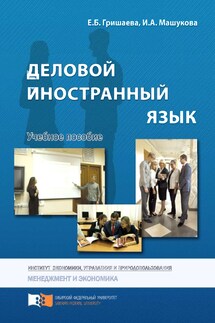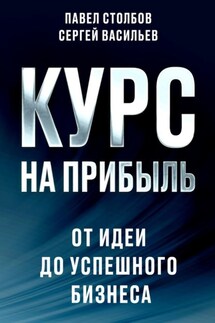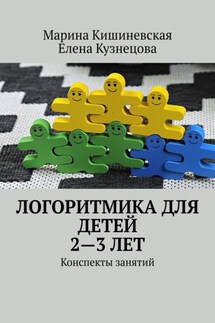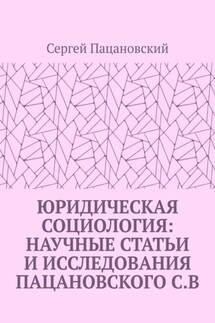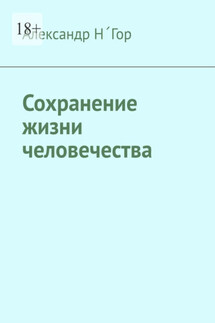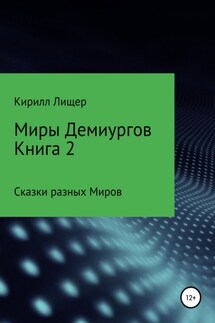Деловой иностранный язык - страница 17
(after the Second World War)
He had to develop expertise in bargaining in order to represent management’s interests more effectively in the face of the increasing strength of the trade union movement. The personnel manager sat on committees with union representatives to work towards consensus on matters affecting the workers’ conditions of service.
5. The organisation man (1960s)
He was concerned with the effectiveness of the organisation as a whole. The represented a move away from the inward focus of employer-employee relations to an outward focuses on the interaction between the people who make up the organisation and the surrounding society.
6. Manpower analyst
He is the manager of human resources. The trend towards quantifying all aspects of management has led to the view that human resources are a measurable resource that can be assessed, utilized and optimized to achieve the organisation’s goals.
Task 28. Talking Point 6
Work in groups of three, consult Speaking References p. 126–130 and discuss:
▪ Which of these six stereotypes do you find most attractive?
▪ Which best describes the work of the personnel department in your organisation?
Task 29. Talking Point 7
Read the situation below and act out the conversation between Jana and Dirk. Consult Speaking References p. 126–130.
Jana and Dirk talked about some of the main issues within Personnel Management and Human Resources Management. Although the two fields have many common areas, there is a substantive difference of emphasis.
Personnel Management is directed mainly at the organisation's employees. Although a management functions, it is never totally identified with management's interests.
Human Resources Management is directed mainly at management needs for human resources (not necessarily employees) to be provided and deployed. It is totally identified with management's interests and is relatively distant from the workforce as a whole.
Underpinning Personnel Management are the twin ideas that people have a right to proper treatment as dignified human beings while at work, and that they are only effective as employees when their job-related personal needs are met.
Underpinning Human Resources Management is the idea that the management of human resources is much the same as any other aspect of management, and getting the deployment of right numbers and skills at the right price is more important than interfering with people's personal affairs.
Task 30. Vocabulary 6
The box below contains a number of areas related to Personnel Management and Human Resources Management. Classify them according to their primary focus within these two areas.
Table 4
Unit 2. Company Structure
Learning outcomes
▪ Understand different types of organizing activities in a company, the functions they carry out, get to know about structures for organizations and decide which of them is the best for effective management
▪ Learn to study information presented in diagrams and support your talks with the information given in them
▪ Participate in discussions using your personal experience
Task 1. Reading 1
Getting started
▪ Before reading the text, discuss in small groups how many people must be responsible for the effective managing of the company? In what way should they inform the staff about important solutions, decisions, innovations, restructuring, etc.
